As September rolls in, many gardeners in the UK may think that the growing season is winding down. However, this month presents a unique opportunity to plant a variety of vegetables that thrive in cooler temperatures. Whether you’re keen to extend your harvest or simply explore new varieties, September is a month rich with potential.
Here’s a comprehensive exploration of 25 vegetables that you can successfully plant this month, along with tips on how to nurture them into flourishing crops.
Lettuce

Lettuce is an excellent choice for September planting. This cool-season crop thrives in the temperate climate of autumn, and varieties such as Butterhead, Romaine, and loose-leaf lettuce can be sown directly into the ground. Select a partially shaded area to protect your lettuce from the more intense midday sun. Water them consistently, especially if the weather turns dry, and you can expect sprightly greens by late autumn.
Spinach
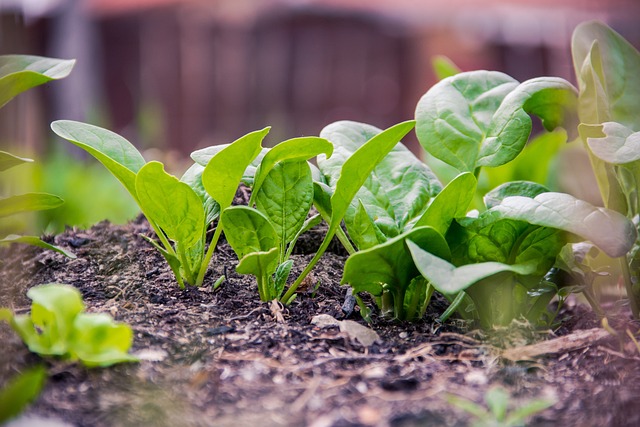
Spinach is another hearty green that loves to be planted in September. Its quick germination and growth make it a fall favorite. This leafy vegetable prefers well-drained soil enriched with organic matter. Spinach can withstand light frosts, and the colder temperatures can actually enhance its flavor. For continuous harvests, consider sowing small batches every couple of weeks.
Kale
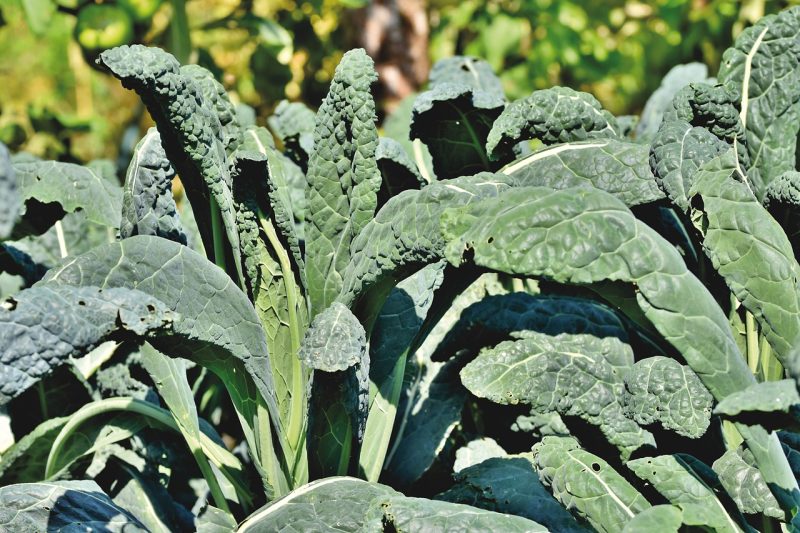
Kale is a superfood that’s perfect for planting in September. This nutrient-dense leafy vegetable can thrive in cooler weather and provides a fantastic harvest right through the winter into early spring. When planting kale, make sure to space your seeds adequately to allow for good air circulation, which minimizes the risk of disease. Regularly removing any yellowing leaves will keep your plants healthy and prolific.
Radishes

Radishes are a delightful crop to plant in September, as they are one of the fastest-growing vegetables. Various types, from the classic red globe to daikon radishes, can be seeded directly into the soil. Radishes love cooler weather, and their quick maturation means you’ll be eating them in just a few weeks! To enhance their flavor, harvest your radishes before they become oversized.
Carrots

Sowing carrots in September can yield beautiful roots in early spring. Choose a hardy variety like Napoli or Amsterdam Forcing. Carrots need well-aerated soil to grow properly, so ensure the ground is loose and free of stones. Harvest them in late winter or early spring, and you’ll be rewarded with sweet, crunchy vegetables when many others have been harvested.
Garlic
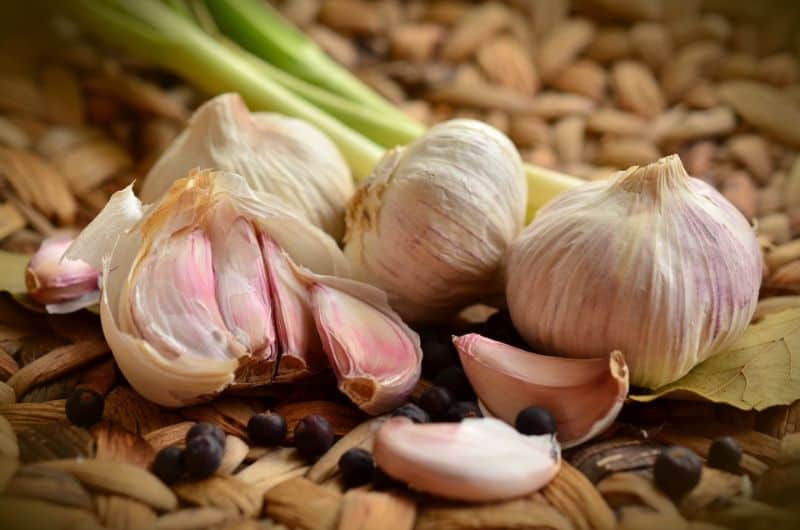
September is prime time to plant garlic in the UK. This aromatic bulb does exceptionally well in the colder months, allowing it to establish strong roots before winter sets in. Choose firm, disease-free garlic bulbs and plant them in a sunny spot with well-drained soil. After curing them properly post-harvest, homegrown garlic can elevate countless dishes with its distinctive flavor.
Onions
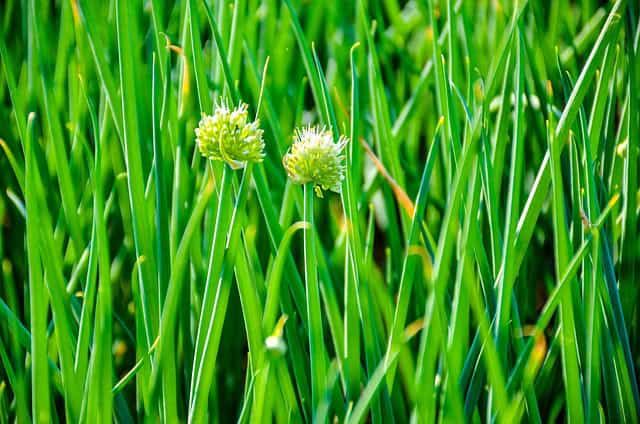
Autumn is an ideal period for planting onion sets or seeds. It allows onions to establish themselves before the harsh winter weather. Not only does this ensure strong growth in spring, but it can also lead to larger bulbs. Choosing varieties like ‘Autumn Champion’ guarantees a bountiful harvest come summer. Remember to keep your onion patch weed-free for best results!
Swiss Chard

Swiss chard is a stunning addition to any garden, with its vibrant colors and robust taste. This leafy green is resilient and can tolerate both heat and cold, making it suitable for autumn planting. When sowing Swiss chard in September, focus on providing rich, well-drained soil and keep the plants well-watered. Not only is chard nutritious, but its leaves can also be harvested continuously.
Broccoli

September is a fantastic time to plant broccoli, a vegetable that’s not only healthy but also wonderfully versatile. Broccoli prefers to grow in cooler temps, and by planting it in September, you position it for a spring harvest. Prepare your soil with plenty of compost, and make sure to give your seedlings sufficient space to grow. With some vigilance against pests, you’ll be rewarded with lovely green florets that can provide meals for weeks.
Cauliflower
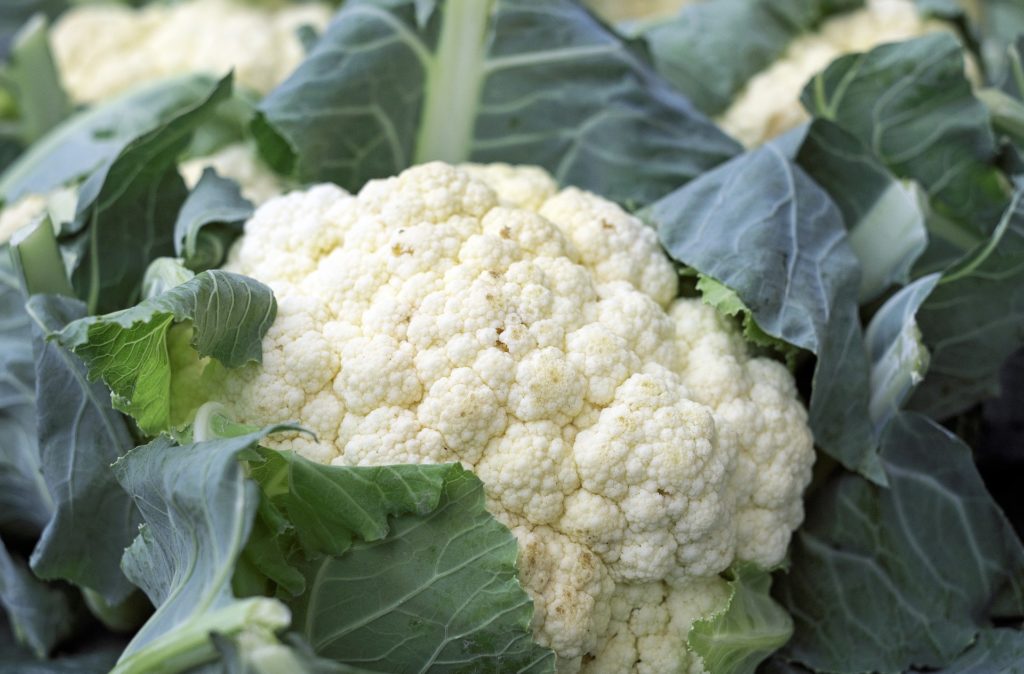
Much like broccoli, cauliflower is another member of the brassica family that does well when planted in September. Its growth may slow with colder temperatures, but with patience, you can still achieve an excellent yield by early summer. Choose varieties that are suitable for your climate and make sure to provide frost protection as needed. The creaminess of freshly harvested cauliflower is an unmatched delight.
Peas
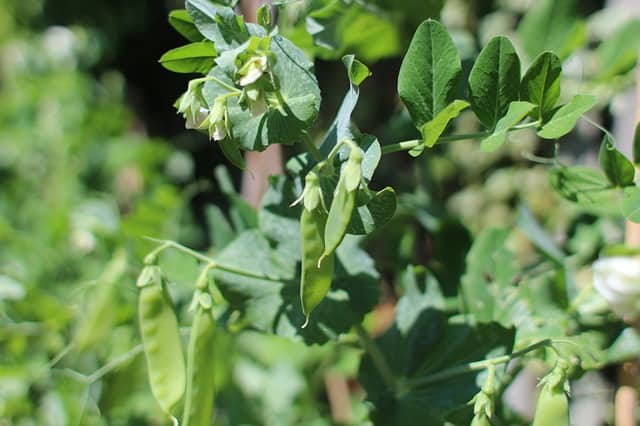
While many gardeners consider peas an early spring crop, the right varieties can also flourish when planted in early autumn. These sweet little gems enjoy the cooler weather and can produce harvests by late winter or early spring. Opt for hardy varieties, and remember to provide a trellis or support for climbing types. The flavor of freshly picked peas is nothing short of exquisite!
Spring Onions
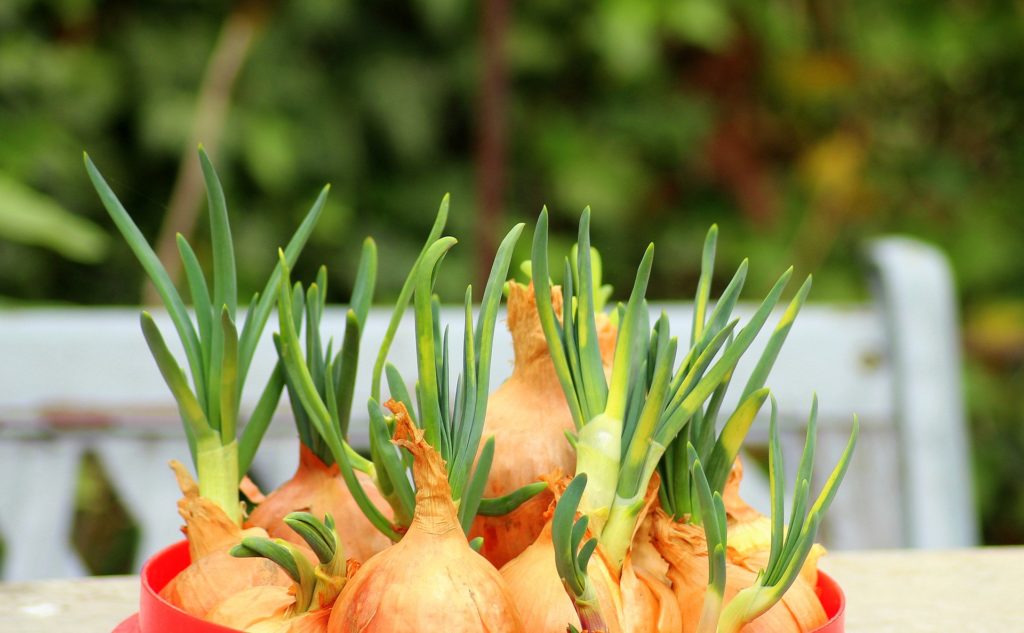
Spring onions, or scallions, are a terrific addition to your fall planting schedule. Quick to germinate and easy to care for, they can be sown in small patches throughout your garden. Plant them in a sunny location and keep the soil moist for optimal growth. As they mature, these vibrant green stalks will provide fresh flavor to salads, stir-fries, and more.
Mustard Greens
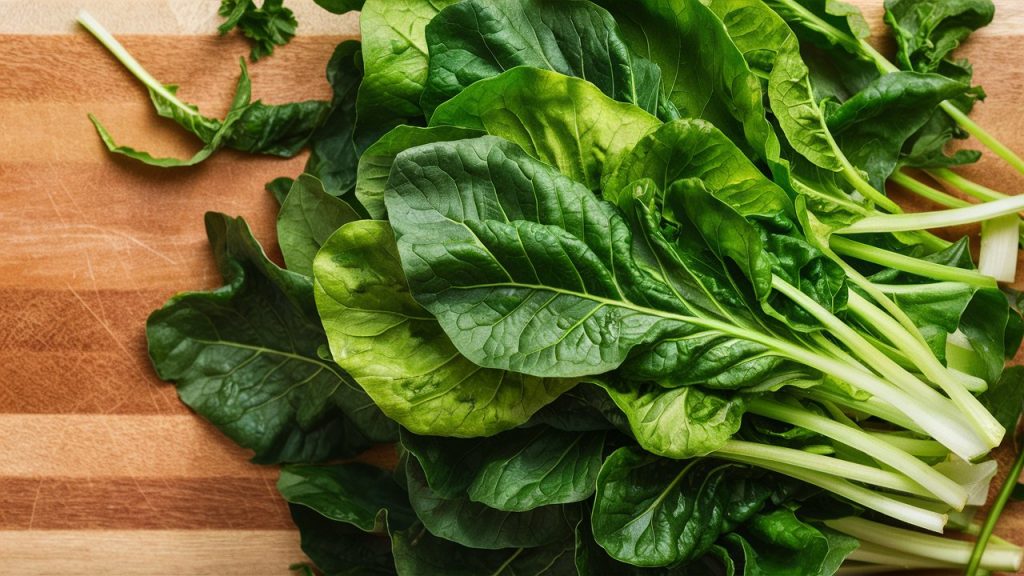
Mustard greens are often underrated but certainly worth cultivating. These robust leafy vegetables germinate quickly and can grow well into the cold months. Choose a variety that suits your taste preferences—some are sweet, while others pack a spicy punch. Plant them in well-drained soil and harvest the young leaves to maximize tenderness.
Turnips
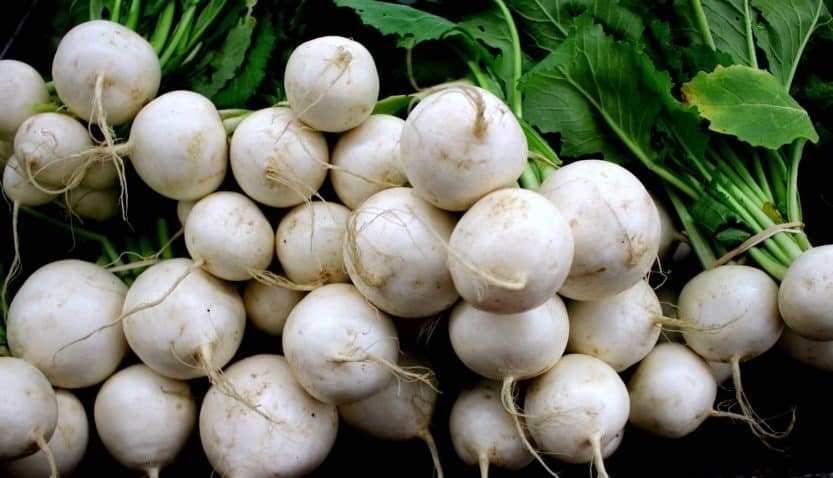
Turnips thrive in cool weather and can be planted in September for a delicious winter crop. Both the roots and greens are edible, making them a versatile addition to your kitchen. Space them adequately to allow for good root development, and keep them well-watered to promote healthy growth. Enjoy roasted, mashed, or in stews as the weather turns cooler.
Fennel
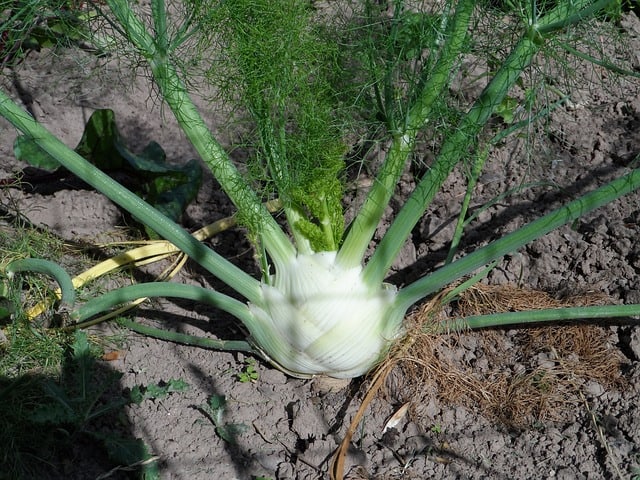
Fennel is a wonderful bulbous vegetable that can be sown in September for a luscious late autumn harvest. It prefers loamy, well-drained soil and plenty of sunlight. Fennel plants can be a bit delicate, so be gentle during the planting and maintenance processes. Harvest the bulbs when they are large enough to use in cooking, and let them add a unique anise flavor to your dishes.
Parsnips

If you want to expand your vegetable repertoire, parsnips are an excellent choice for planting in September. These sweet root vegetables thrive in cooler temperatures and can even improve in flavor if left in the ground after frost. Sow seeds directly into deeply dug soil and enjoy a gradual harvest into winter. Their comforting sweetness pairs perfectly with roasted meats or can be puréed for soups.
Chives
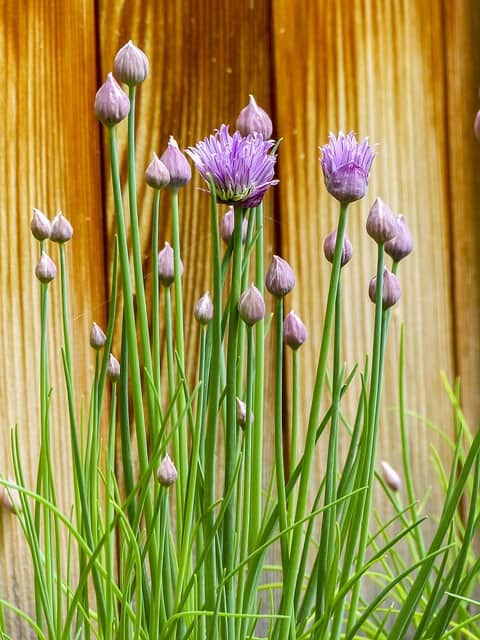
Chives are a fantastic herb that can be planted or divided in September. These hardy perennials flourish with little fuss and are perfect for adding flavor to dishes. They thrive in well-drained soil in full sun, but they will tolerate partial shade. Plan to harvest your chives consistently, and don’t hesitate to cut them back to encourage new growth.
Cabbage
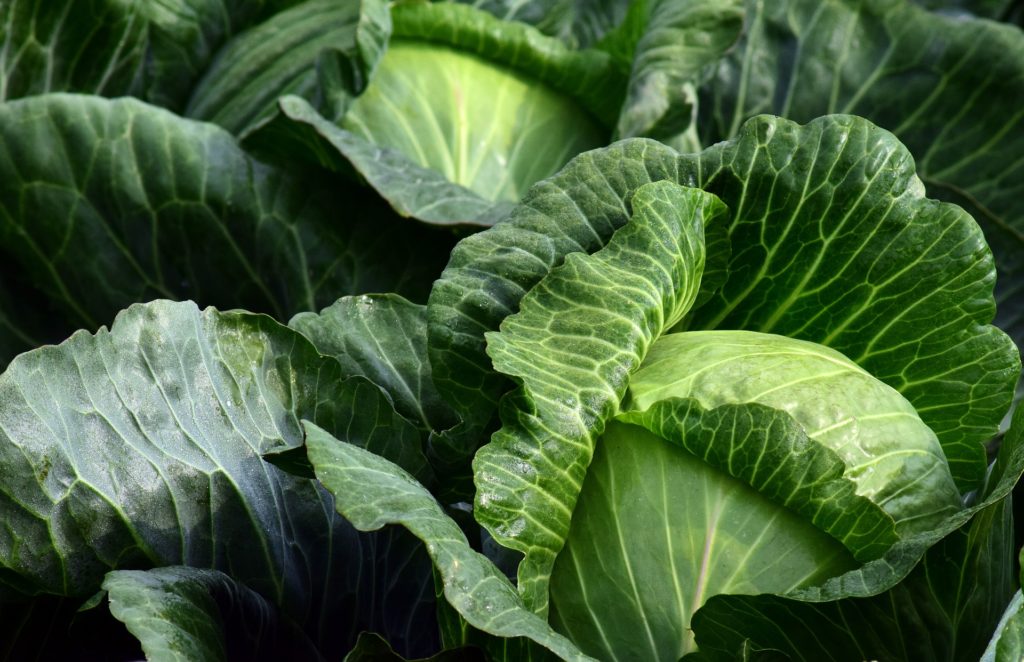
Cabbage is a staple vegetable that actually thrives when planted in September. The cool weather slows down its bolt, allowing for better flavor development. When selecting cabbage varieties, consider those that are well-suited for your local climate conditions. Adequate spacing and intentional pest control will be key to a successful crop.
Endive

Endive, with its slightly bitter flavor, is a unique leafy vegetable that you can plant in September. It’s quite tolerant of cold once established and can lend a complex taste to salads and gourmet dishes. Plant endive in rich soil, keep it consistently moist, and monitor for pests that might enjoy your greens as much as you will.
Collard Greens
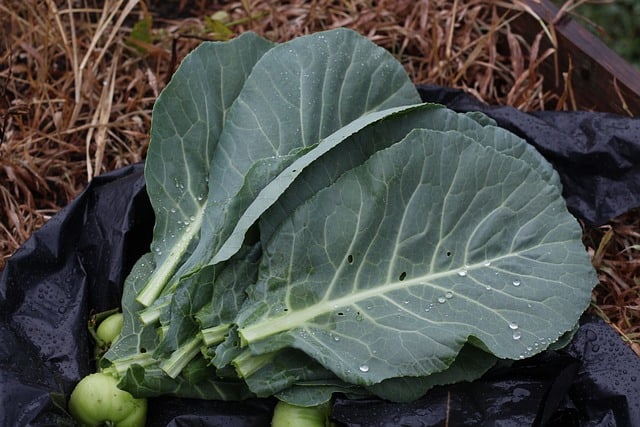
Collard greens can be a wonderful addition to your late-season garden. This leafy vegetable stands up to frost, making it ideal for fall planting. They need plenty of sunlight and rich, well-drained soil for optimum growth. Start from seeds or young plants, and expect to enjoy this nutritious green throughout the winter months.
Brussels Sprouts
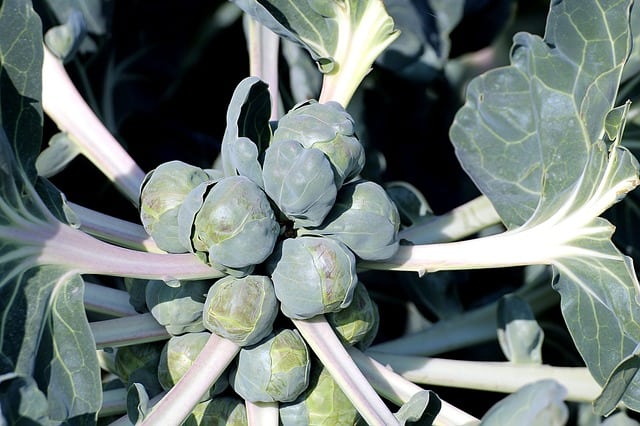
September is a perfect time to plant Brussels sprouts for a harvest that can extend well into winter. These little green gems thrive in cooler temperatures, and the frost can actually enhance their flavor. They require adequate space between plants and a nutrient-rich soil environment. Regular care, including staking for support, will ensure healthy growth.
Kohlrabi
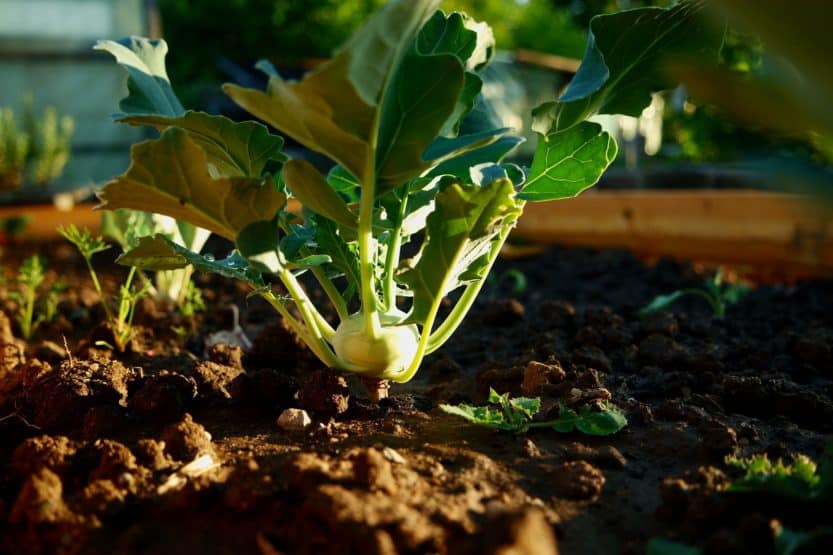
Kohlrabi is an intriguing vegetable to try planting in September. Known for its bulbous stem and unique flavor, it does remarkably well in cooler weather. Choose a well-drained spot with plenty of sun. Harvest kohlrabi when it reaches a good size—too large and it may become woody. Its crunchy texture and mild taste make it excellent for stir-fries or salads.
Artichokes
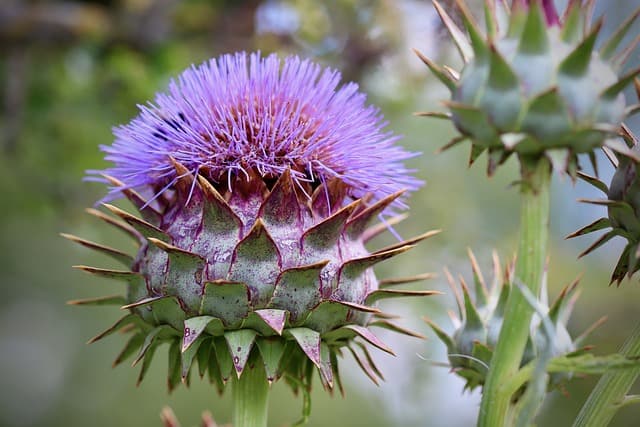
If you’re feeling adventurous, consider planting artichokes in September. Though they typically take longer to grow, they can produce edible buds for harvest within one to two years. Choose a sunny location with well-drained, fertile soil. Regular watering will help establish strong plants. Though the wait may seem long, the reward is worth it.
Peppers
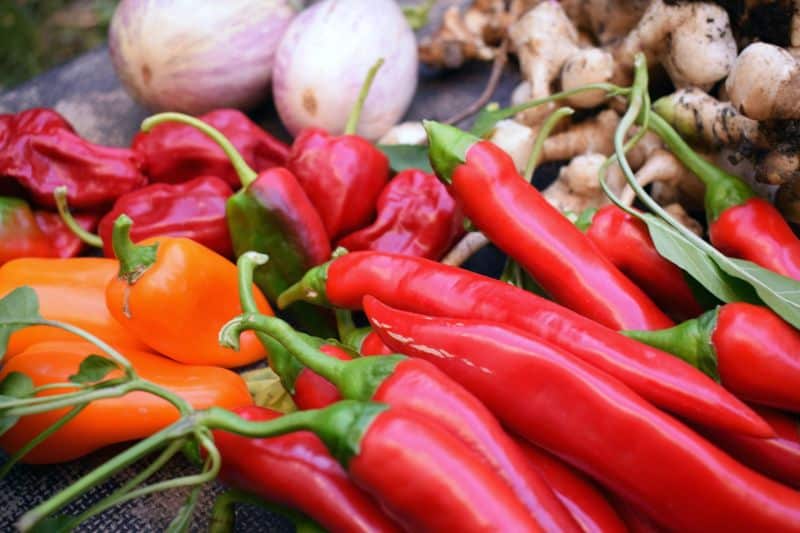
While most people associate peppers with summer heat, there are actually some varieties that can be successfully planted in September. Opt for dwarf or shorter varieties that require less time and warmth to mature. Providing some frost protection will ensure they continue to grow well into the autumn months, yielding bright flavors for your dishes.
Cilantro

Cilantro is an herb that many home cooks adore for its bright, citrusy flavor. It germinates quickly, and planting in September allows you to enjoy fresh leaves as fall approaches. Ideally, plant cilantro in rich, well-drained soil and keep it watered. As the temperatures drop, you’ll find that the flavor intensifies, perfect for salsa or garnishing soups.





